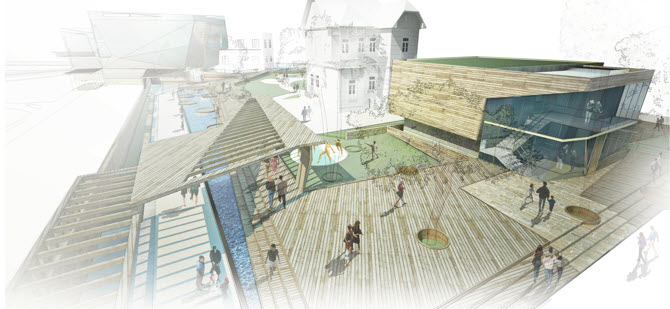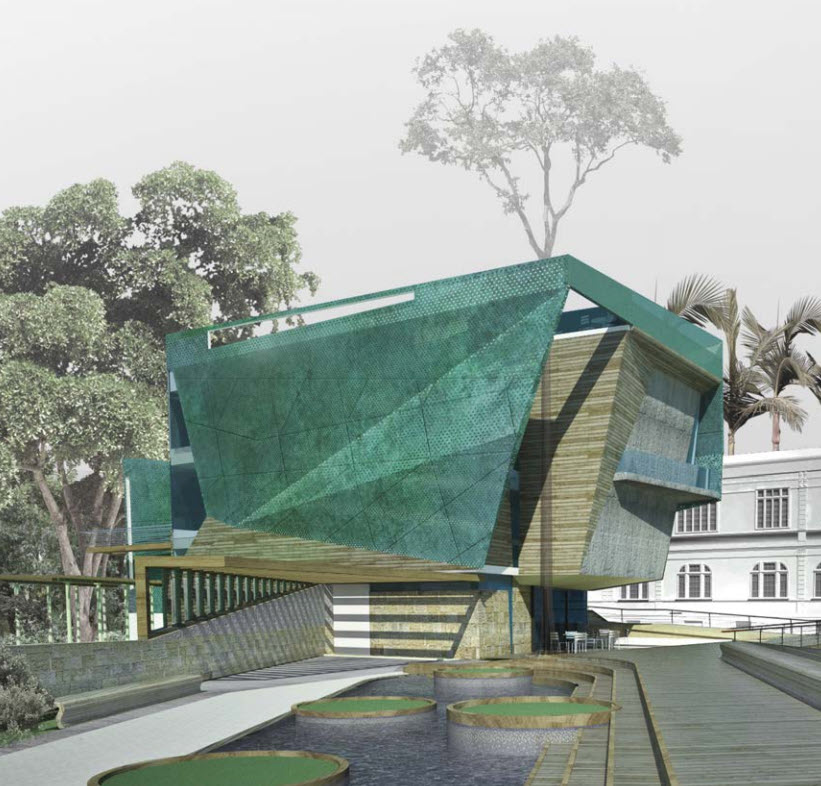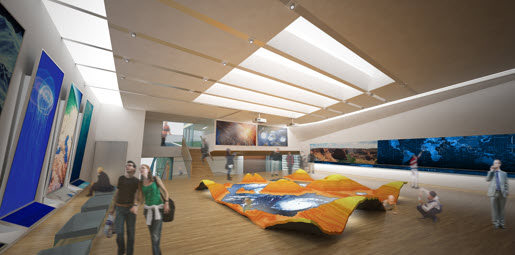Museum for the Environment (MUMA)
The starting point of the project for the new annex of the Museum for the Environment was the integration of the new architectural objects with the existing Botanical Garden in the city of Rio de Janeiro, considered as one of the most important and rich in the world. It is famous for the exuberance and the scientific importance of its plant collection, as well as for the beauty of its landscapes. The proposal aims to mimic the new architecture in its context, thus creating new visual relationships of contrast and homogeneity. The main challenge was to create a unity with the existing structure, a 19th century house in neo-colonial style. This was solved by creating a raised deck, thus creating new routes and relationships with the surroundings. Through this deck, there are pergolas, bleachers, living spaces, contemplation and rest areas. The public area gains new limits and the contact with the existing arboretum, a new water mirror. This works as a large water collector, storing all the rainwater captured by the buildings and the deck, and releasing it to the public utility areas and also redirecting water for irrigation. The entire complex was conceived with a strong sustainability component, making a smart building in line with the museum's proposal for the environment.











